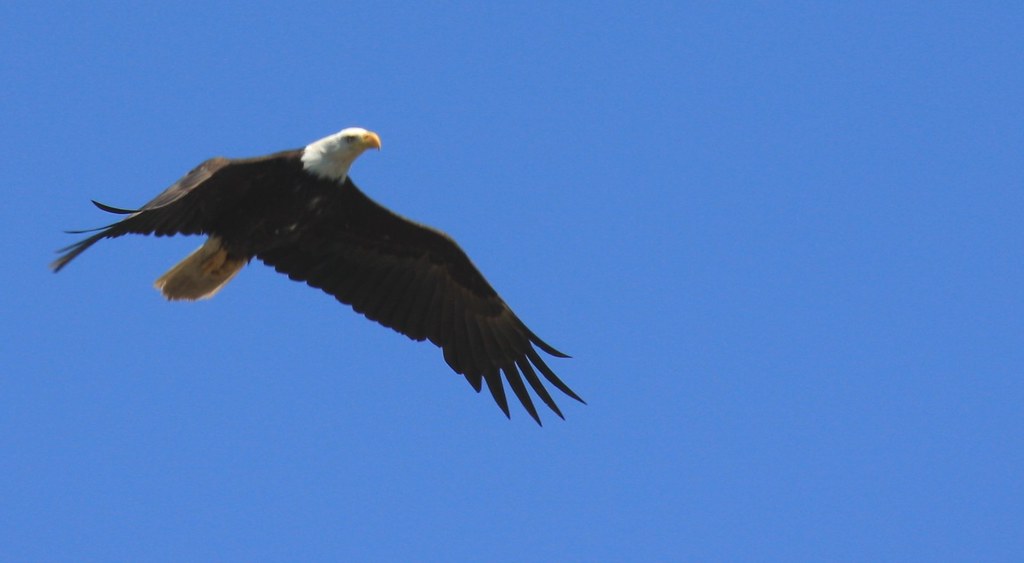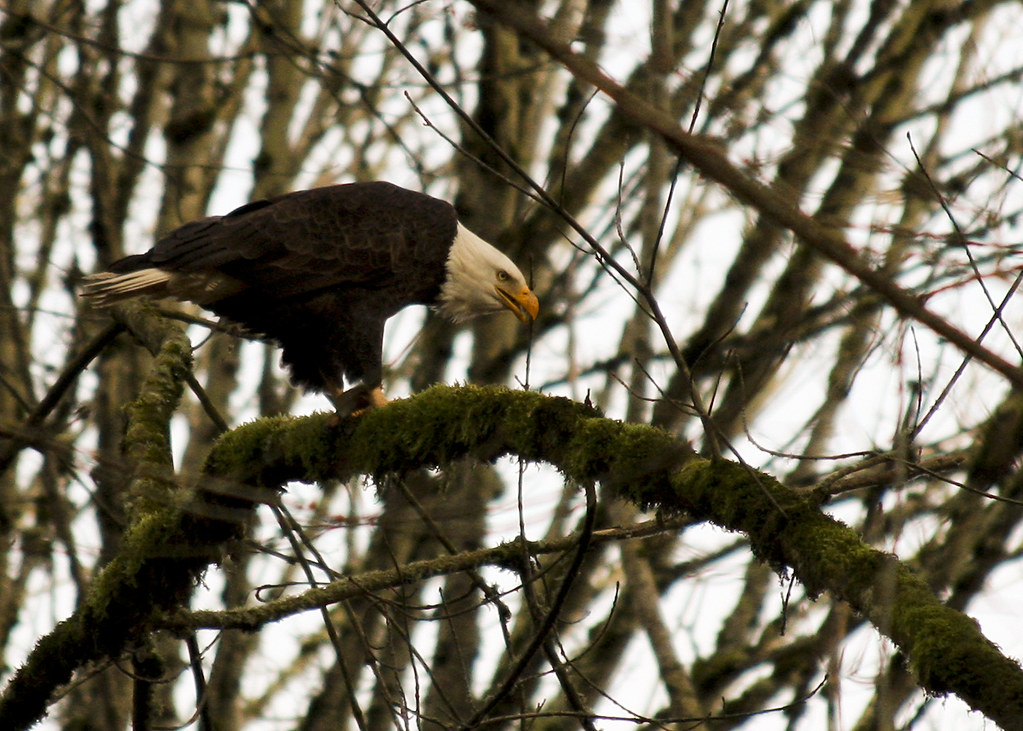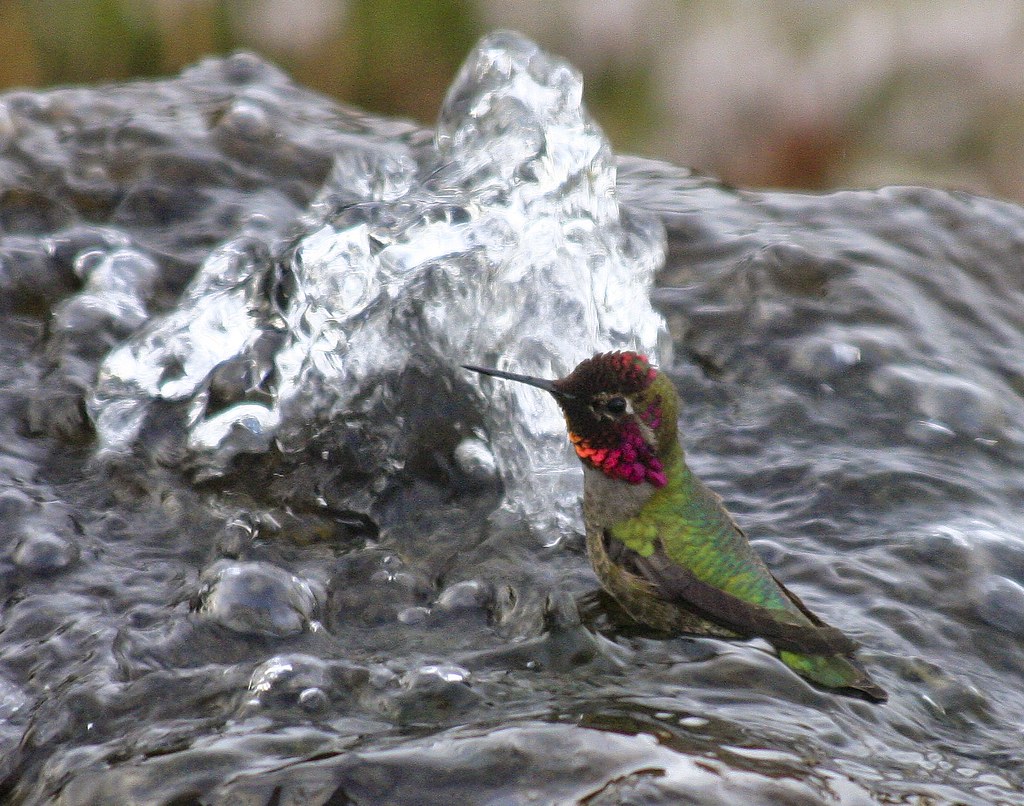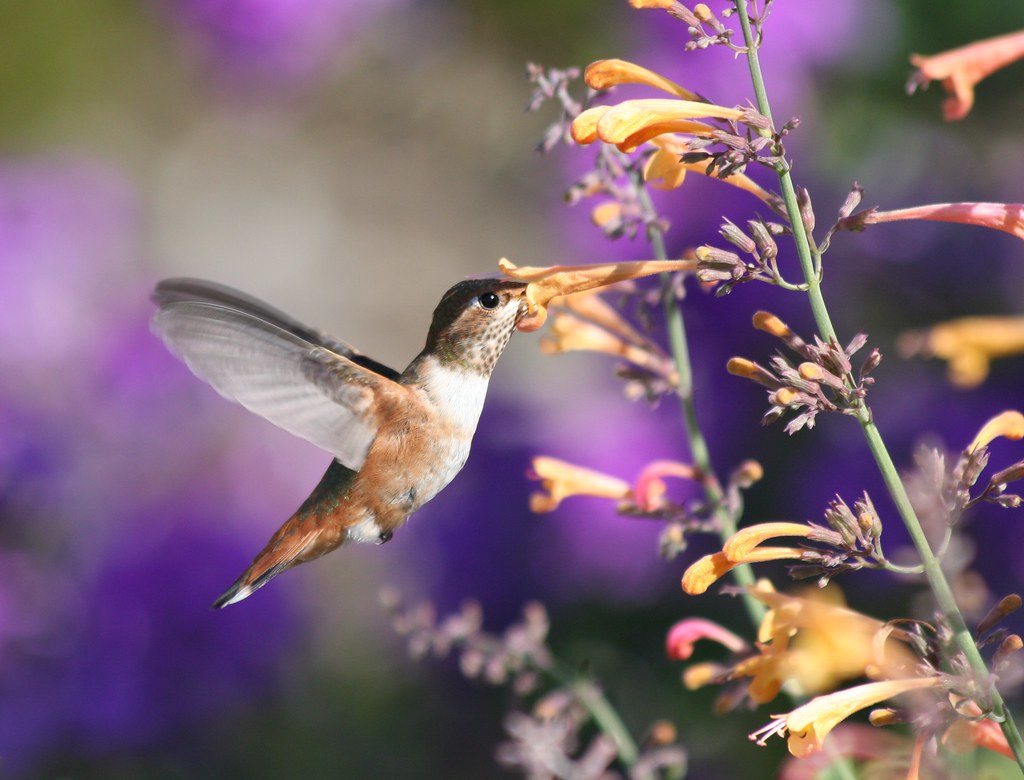Fast-forward to early 2003. Kathy and I moved into our new house in DuPont, Washington and quickly realized that there were Eagles out behind the house! We'd watch in wonder as they would drop from the sky to land in the (then under-construction) golf course ("The Home Course") to bathe and to drink. It wasn't uncommon for us to see two or even three at a time. At one point we saw, in a very short period of time, five eagles soaring overhead or simply heading from 'A' to 'B'.

Quite often I'll seem them along the waters of the Puget Sound as they search for a Salmon dinner in the shallow waters. Sometimes, if I'm very lucky, I'll have one fly so close to me (and with some advance warning that it's coming) that I can pick off a shot that's half-decent.
Even when Kathy and I go on our nature/photo walks (her nature, my photo) in the Nisqually Wildlife Refuge we're greeted by those beautiful, beautiful raptors.
It's difficult to believe the symbol of America begins it's life looking so different than when it's an adult. It generally takes 2-3 years for an immature bald eagle to develop its white head and tail feathers. An immature bald eagle can easily be mistaken for a Gold Eagle. A good example of this is the bird in this picture:
There's no doubt that the American Bald Eagle has made an incredible comeback. I never tire watching these glorious birds.







